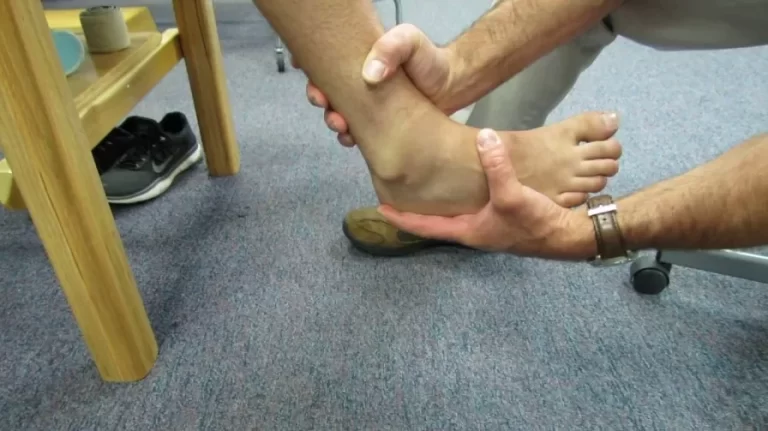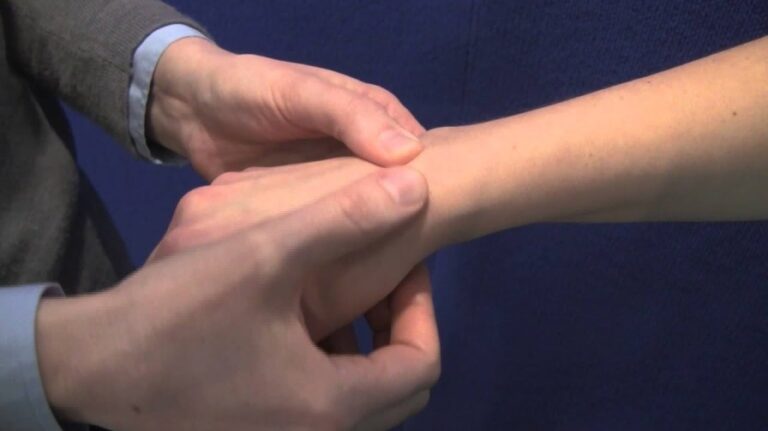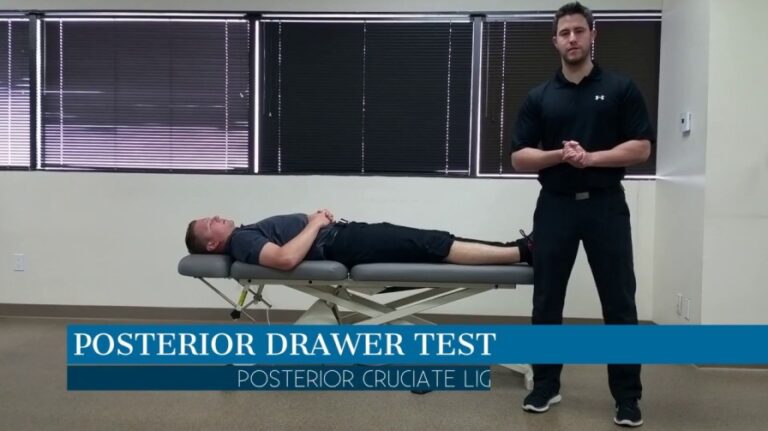Test for tight retinacular [ collateral ] ligaments:
- This test is also known as the Harness – Zancolli test.
- This test is used to check the tightness of the retinacular ligaments.
- This clinical test is applied by the therapist when the patient is complain about the wrist joint.
What is the purpose of the Test for tight retinacula [ collateral ] ligaments?
- This test is used to check the structures around the proximal interphalangeal joints.
How do you perform the Test for tight retinacula [ collateral ] ligaments:
![Test for tight retinacula [ collateral ] ligaments](https://mobilephysiotherapyclinic.in/wp-content/uploads/2022/02/test-for-tight-retinacular-ligaments-1.jpg)
- For the test patient position is the sitting position, it is starting position of the test.
- The proximal interphalangeal joints are held in a neutral position while the distal interphalangeal joint is flexed by the examiner [ therapist ].
What is the result of the Test for tight retinacular [ collateral ] ligaments:
- If the distal interphalangeal joint does not flex, the retinacular[ collateral ] ligaments or proximal interphalangeal capsule are tight.
- If the proximal interphalangeal joint is flexed & the distal interphalangeal joints flex easily, the retinacular ligaments are tight & the capsule is normal.
- During the test, the patient remains passive & does no active movements.
Thumb grind test:-
What is the purpose of the thumb grind test?
- This test is used to check the degenerative joint disease of the wrist joint.
How do you perform the thumb grind test?
- The patient in the sitting position for the test.
- The examiner holds the patient’s hand with one hand & grasps the patient’s thumb below the metacarpophalangeal joint with the help of the other hand.
- The examiner [ therapist ] then applies axial compression & rotation to the metacarpophalangeal joints.
What is the result of the thumb grind test?
- If the pain is elicited of degenerative joint disease in the metacarpophalangeal or metacarpotrapezial joint.
- Axial compression with rotation to any of the wrist & hands joints may also indicate positive tests to those joints for the same conditions.

![Test for tight retinacular [ collateral ] ligaments.](https://mobilephysiotherapyclinic.in/wp-content/uploads/2022/02/test-for-tight-retinacular-ligaments.jpg)





